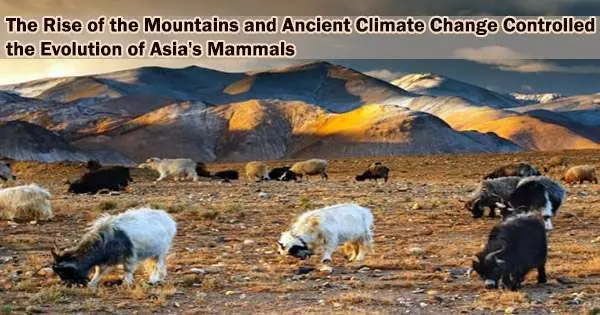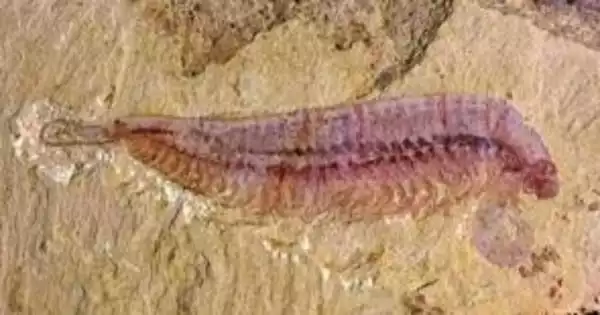In a recent study published in PNAS, researchers gathered information on more than 3,000 species to demonstrate how geology and climate changes in Asia over the past 66 million years have influenced the evolution of the continent’s mammals.
The idea that geological and climate change can influence evolution is not new; anyone who has heard of dinosaurs is aware that a significant environmental change, such as a meteor impacting Earth 66 million years ago and triggering a series of storms, earthquakes, cold temperatures, and darkness, can affect how animals live, die, and evolve.
Although it is a widely accepted idea, scientists must map how these kinds of changes effect the evolution of even one species using painstakingly precise data.
In a recent study published in PNAS, researchers gathered information on more than 3,000 species to demonstrate how geology and climate changes in Asia over the past 66 million years have influenced the evolution of the continent’s mammals.
Asia is the world’s largest continent, and it’s home to just about every type of biome.
“Asia has desert up north, tropical forests in the south, temperate forests in the east,” says Anderson Feijó, the study’s lead author, a researcher at the Institute of Zoology, Chinese Academy of Sciences and a former research fellow at Chicago’s Field Museum. “My idea was to understand how all these regions were connected and how we ended up with different species of mammals in different areas.”
“To understand historical events, scientists look for associations with their timing and location when and where did species appear, and what else was happening then and there? This paper does that for the entire Asian mammal fauna,” says Bruce Patterson, a curator emeritus at the Field Museum and co-author of the paper.
Asia doesn’t have the most mammal species in the world, or the most different kinds of habitats, but “what makes it special is its connections,” says Patterson. “It’s a crossroads for connections to North America, Africa, Europe, and Australasia.”
Overall, “this paper made very clear that everything is connected.” We are seeing a lot of climate change happen today, and this paper shows that every geological climate change event has led to either diversification or extinction or migration, and we can expect the same thing to happen in the future.
Anderson Feijó
In order to determine whether they could connect changes in Asia’s mammal diversity with changes in the region’s geology (like shifting tectonic plates forming mountains) and climate, the researchers looked at how various mammals arrived in Asia and departed from it over time, as well as how new species evolved.
“One big step of this project was building a very good understanding of the distribution of mammal species. And this took quite a while because I needed to go through the literature, public databases, and museum collections,” says Feijó.
Species fossils and preserved specimens are kept in collections at museums like the Field and the National Zoological Museum of China, together with information on when and where the animal was discovered. To illuminate the broader picture of mammalian evolution, they also constructed family trees that illustrated the relationships between various species. Combining both info, Feijó and his colleagues were able to map where different species have been found over time.
Overall, the researchers discovered unmistakable connections between climatic changes on Earth during the previous 66 million years and the mammals present in various parts of Asia. Some species were pushed to extinction or relocated to new habitats as the temperature gradually warmed and cooled, while others flourished.
Similar to this, the movement, extinction, and evolution of mammals were greatly influenced by tectonic plate activity, such as the Indian subcontinent’s gradual approach to and final collision with the rest of Asia that buckled the terrain and created the Himalayas.
Feijó uses the example of pikas to illustrate how the researchers were even able to investigate how climatic and geological factors affect the evolution of certain species. Pikas resemble their close relatives, the rabbits, but differ from them in that they have small, rounded ears and have evolved to live at high altitudes with little oxygen.
“Pikas originated around 15 million years ago on the Tibetan Plateau, and we believe that the formation of this plateau was a big driver of the evolution of this group,” says Feijó. “Then from there, they colonized the lowlands of northern Asia and then invaded North America, where they’re still found today.”
Overall, “this paper made very clear that everything is connected.” says Feijó. “We are seeing a lot of climate change happen today, and this paper shows that every geological climate change event has led to either diversification or extinction or migration, and we can expect the same thing to happen in the future.”
















